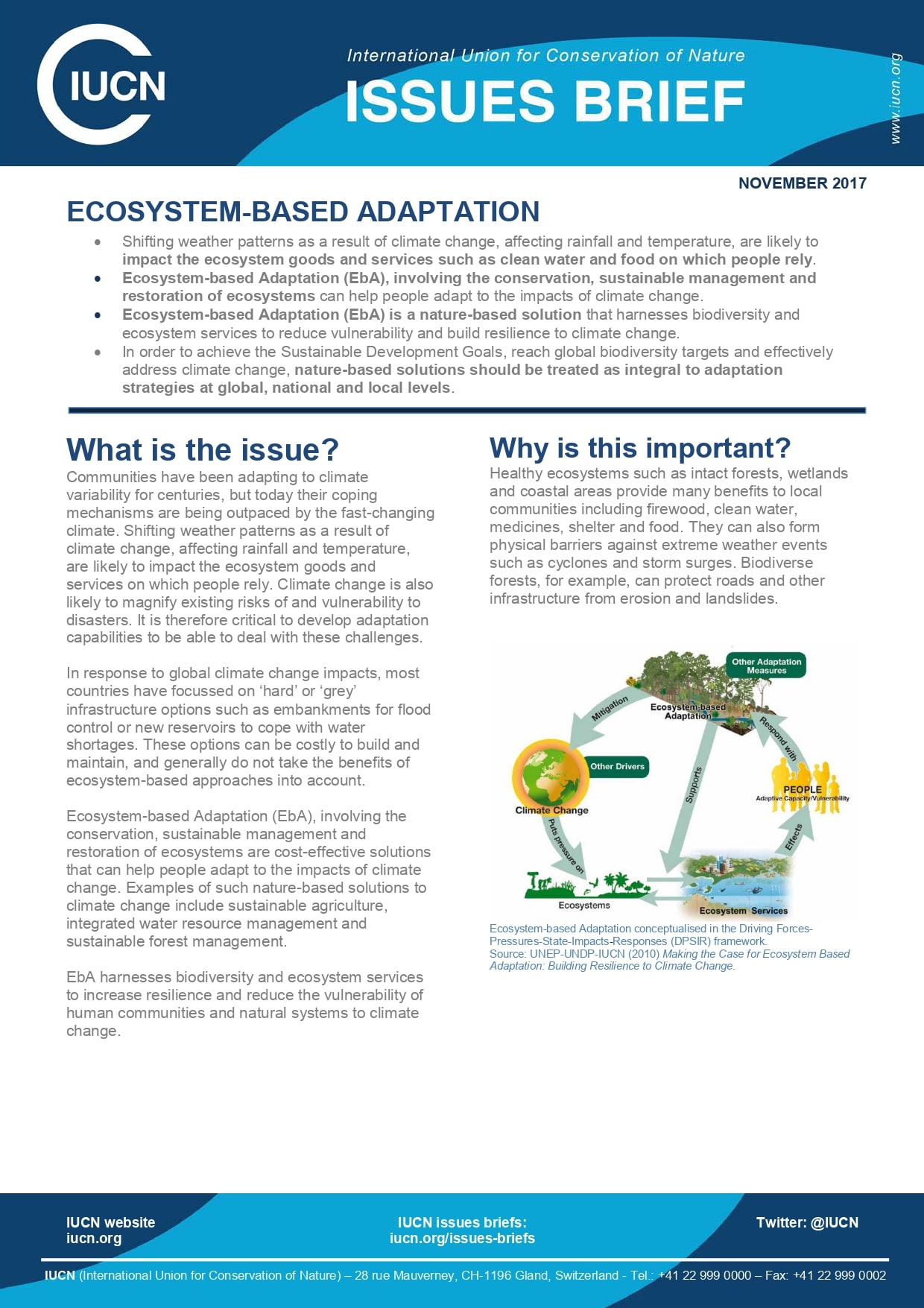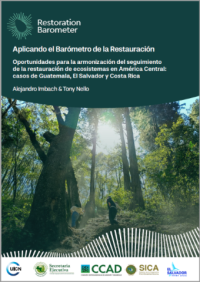What is the issue?
Communities have been adapting to climate variability for centuries, but today their coping mechanisms are being outpaced by the fast-changing climate. Shifting weather patterns as a result of climate change, affecting rainfall and temperature, are likely to impact the ecosystem goods and services on which people rely. Climate change is also likely to magnify existing risks of and vulnerability to disasters. It is therefore critical to develop adaptation capabilities to be able to deal with these challenges.
In response to global climate change impacts, most countries have focussed on ‘hard’ or ‘grey’ infrastructure options such as embankments for flood control or new reservoirs to cope with water shortages. These options can be costly to build and maintain, and generally do not take the benefits of ecosystem-based approaches into account.
Ecosystem-based Adaptation (EbA), involving the conservation, sustainable management and restoration of ecosystems are cost-effective solutions that can help people adapt to the impacts of climate change. Examples of such nature-based solutions to climate change include sustainable agriculture, integrated water resource management and sustainable forest management.
EbA harnesses biodiversity and ecosystem services to increase resilience and reduce the vulnerability of human communities and natural systems to climate change.






